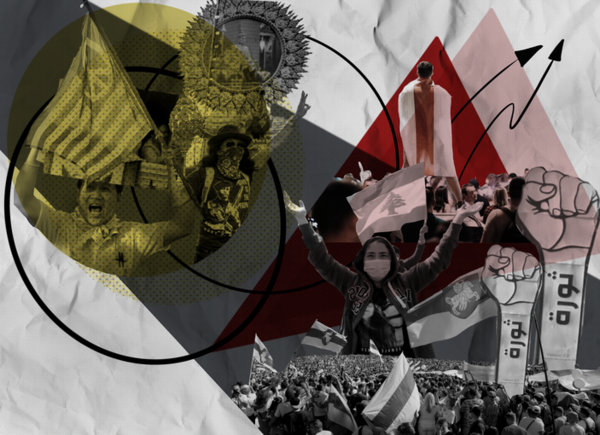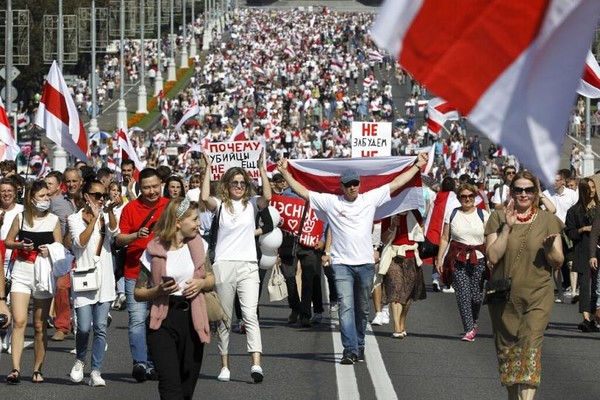
Two months after the disputed presidential elections in Belarus, people are demanding the resignation of the current head of state Alexander Lukashenko. Experts already consider the protests the largest ever recorded in the history of Belarus. Lukashenko is trying to suppress the protests by using riot police and security forces, but with no side having a clear advantage, the situation is at a stalemate.
Political demonstrations in Belarus started at the beginning of the year. Lukashenko, known as the last dictator of Europe, has been ruling Belarus for 26 years and hoped for another unchallenged reelection. This time, however, Lukashenko’s reputation was at its lowest, as he has failed to handle the coronavirus outbreak and ev̧en repeatedly denied the existence of the virus. He has also poorly managed the collapsing economy and allowed Russia to increase its influence over the country. This led to three top opposition candidates openly challenging Lukashenko’s run for another presidency; however, authorities arrested two of them and forced the third to flee the country.

One of the arrested candidates was Siarhei Tsikhanouski, a famous YouTuber who highlighted the country’s corruption in his videos. After the arrest that followed his announcement of running for president, his wife, Sviatlana Tsikhanouskaya, registered as a candidate instead. She started her campaign on promises of releasing political prisoners and holding new, transparent elections. As demonstrations supporting Tsikhanouskaya attracted tens of thousands of people, the authorities actively attempted to disrupt her campaign rallies. Many venues were closed by local authorities at the last minute for various reasons such as repair works. However, these actions did not stop thousands of people from showing their support to the opposition candidate. On July 30, a rally for Tsikhanouskaya gathered over 70,000 people, becoming the largest in the country’s history.
On August 9, immediately after the elections, a national TV channel announced the results of the exit poll, where Lukashenko won approximately 80% of the votes. The difference was so big that even pro-Lukashenko activists questioned the results. Right after the announcement, mass protests erupted throughout the country. Protesters suspected the manipulation of election results in favor of incumbent president Alexander Lukashenko. In the following two days, protesters clashed with the riot police. On August 11, the labor unions started strikes at Belarusian state-owned enterprises, demanding to stop torture against detainees, to bring the perpetrators to justice, and to hold fair elections.
In response, the authorities carried out a punitive operation to restore order in the streets of the cities. The police forces crushed demonstrations with mass beatings and arrests of civilians, children, journalists, and even medics who helped the wounded protesters. The riot police used tear gas, water cannons, rubber bullets, and even firearms against protesters and civilians, which, according to the authorities, were justified responses to violations of public order. Several people were killed by the riot police in the protests, while some went missing and their bodies were found outside the cities. According to the police statement, these protesters committed suicides, despite the signs of violence on their bodies. At least 76 people were reported missing after mass protests in Belarus.
After the election results, Tsikhanouskaya was forced to flee Belarus along with other opposition activists. Later, they created the Coordination Council to facilitate the transfer of power after Lukashenko’s resignation. The European Union, the United States, and the United Kingdom have refused to recognize the election results and have called for Lukashenko’s resignation, while China and Russia have officially recognized Lukashenko as the legitimate leader of Belarus. As of now, the protests are still ongoing.
Despite the brutal crackdown on the protests, people are still taking to the streets. The white-red-white flag, which was the official flag of Belarus in the 1990s, became the most well-known symbol of the protest. Judging by the fearless will of the protesters, these flags will wave on the streets of Belarus for a long time.

